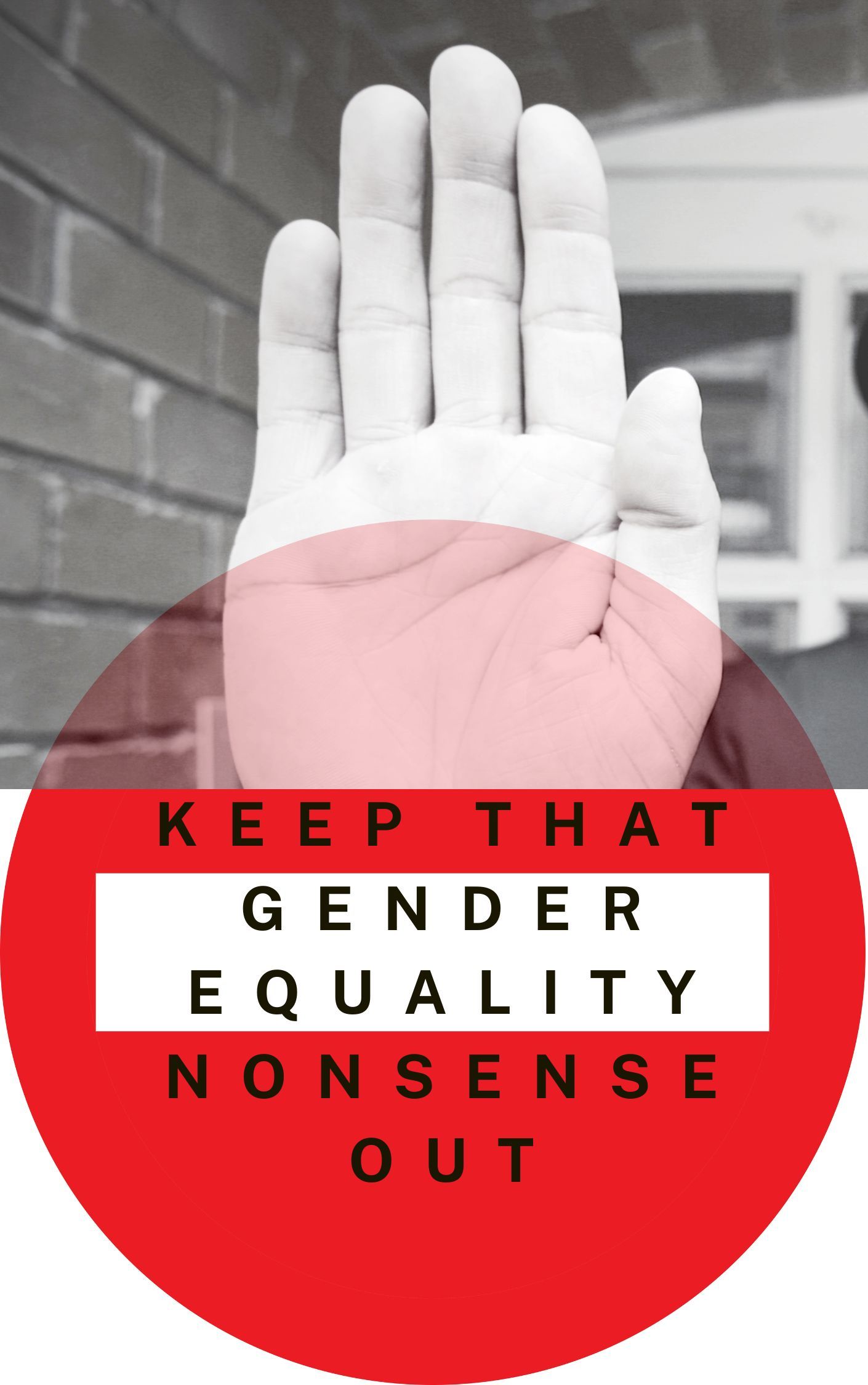The Backlash barrier to Gender Inequality
The Silent Assassin - Killing the Voice of Gender Equality

The Backlash Barrier: How Fear of Resistance is Stalling Gender Equality
Gender equality is a goal that many organizations claim to pursue, yet progress often stalls or falls short of expectations. One of the less-discussed but significant barriers to achieving true gender equality is the fear of backlash and resistance from within the organization. This fear can paralyze leaders, leading them to avoid making the bold decisions necessary to drive meaningful change. Understanding the dynamics of this resistance—and how to overcome it—is crucial for anyone committed to advancing gender equality.
1. The Reality of Resistance
Efforts to promote gender equality can sometimes be met with resistance, both overt and subtle. This resistance can come from various quarters within an organization—employees who feel threatened by changes that challenge the status quo, managers who are reluctant to alter long-standing practices, or even executives who fear that aggressive equality initiatives might alienate certain stakeholders.
Resistance often stems from a perception that gender equality measures are a zero-sum game, where gains for one group mean losses for another. This mindset is particularly prevalent among those who have benefited from existing power structures and may view equality initiatives as a threat to their position or influence.
2. The Fear of Backlash
Leaders may fear that pushing too hard for gender equality will provoke backlash, leading to friction within the organization. This fear can manifest in several ways: reluctance to implement diversity quotas, hesitation to hold individuals accountable for discriminatory behavior, or a preference for incremental changes over comprehensive reforms.
The concern is not entirely unfounded—backlash can indeed occur, and when it does, it can create significant challenges. Employees may express resentment, morale may dip, and there could be an increase in internal conflict. However, the greater danger lies in allowing the fear of backlash to dictate inaction or half-measures. When leaders choose the path of least resistance, they not only fail to address the root causes of inequality but also signal to the organization that gender equality is not a priority.
3. The Cost of Inaction
The cost of failing to address gender inequality far outweighs the potential risks of backlash. Inaction perpetuates a culture where inequality is tolerated, leading to ongoing discrimination, lower employee engagement, and ultimately, a loss of talent. Organizations that do not prioritize gender equality may also find themselves falling behind competitors who recognize that diverse and inclusive workplaces are more innovative and successful.
Moreover, inaction can breed cynicism among employees, particularly those who are passionate about equality and diversity. When leaders fail to take decisive action, they lose the trust and respect of their teams, undermining their ability to lead effectively.
4. Strategies to Overcome Resistance
To overcome resistance and move the needle on gender equality, leaders must be willing to confront their fears and take bold, decisive action. This starts with clear communication: leaders need to articulate why gender equality matters, not just as a moral imperative but as a strategic priority that benefits everyone in the organization.
Building broad-based support is also critical. Leaders should engage employees at all levels in the conversation about gender equality, addressing concerns and highlighting the positive impacts of a more inclusive workplace. Education and training programs can help shift mindsets, dismantling stereotypes, and promoting a culture of respect and inclusion.
Additionally, leaders must be prepared to address resistance head-on. This means not shying away from difficult conversations or decisions, such as holding individuals accountable for behaviours that undermine equality. It also involves setting measurable goals for gender equality and regularly reviewing progress, ensuring that the organization remains committed to the cause.
5. Leading by Example
Ultimately, overcoming backlash and resistance requires leaders to lead by example. Those in leadership positions must model the behaviors and attitudes they wish to see throughout the organization. By demonstrating a genuine commitment to gender equality—through their actions as well as their words—leaders can inspire others to follow suit and create a ripple effect that drives cultural change.
Frequently Asked Questions (FAQs)
Question: What are some common forms of resistance to gender equality initiatives?
Answer: Resistance can take many forms, including passive resistance, where employees or leaders do not actively oppose initiatives but also do not support them; active resistance, such as open criticism or refusal to comply with new policies; and subtle forms of resistance, like undermining or dismissing the importance of gender equality efforts.
Question: How can leaders address concerns about potential backlash from gender equality initiatives?
Answer: Leaders should proactively communicate the benefits of gender equality to the entire organization, emphasizing how it contributes to a healthier, more innovative workplace. They should also involve employees in the development of these initiatives, address concerns directly, and ensure that policies are implemented fairly and consistently.
Question: What should leaders do if they encounter resistance from key stakeholders?**
Answer: Leaders should engage with key stakeholders to understand their concerns and work collaboratively to find solutions. It's important to address any misconceptions and demonstrate how gender equality initiatives align with the organization's overall goals. In some cases, tough decisions may be necessary to uphold the organization's commitment to equality.
Question: Can addressing gender inequality really improve business outcomes?
Answer: Yes, numerous studies have shown that organizations with diverse and inclusive workplaces are more innovative, better at problem-solving, and often see higher financial performance. Gender equality leads to a more engaged workforce, which in turn can improve productivity and reduce turnover.
Question: How can leaders measure the success of gender equality initiatives?**
Answer: Success can be measured through various metrics, such as gender representation at different levels of the organization, pay equity, employee engagement scores, and the prevalence of inclusive practices. Regularly reviewing these metrics and adjusting strategies as needed is key to sustained progress.
Conclusion
The fear of backlash and resistance is a significant barrier to gender equality, but it is not insurmountable. Leaders who are willing to confront this fear and take decisive action can help create a more inclusive and equitable workplace for all. By communicating the importance of gender equality, building support, addressing resistance, and leading by example, leaders can break through the barriers that have stalled progress and pave the way for lasting change. Gender equality is not just a goal to aspire to—it is a necessity for the success and sustainability of any organization in today's world.
Will we allow the perpetuation of Gender inequality? Will we start to call out the 'Backlash Barrier' behaviours that are right in front of us? Will we start to act with intent instead of passively just going with the flow? The real question is; Are you a real leader? Are you willing to face the resistance or are you just in it for the pay-cheque and the pension? Be honest with yourself.
For those who are in it for the leadership, press the buttons below:
Share
Opsdel3000 LTD

All Rights Reserved |Opsdel 3000 | Privacy Policy



